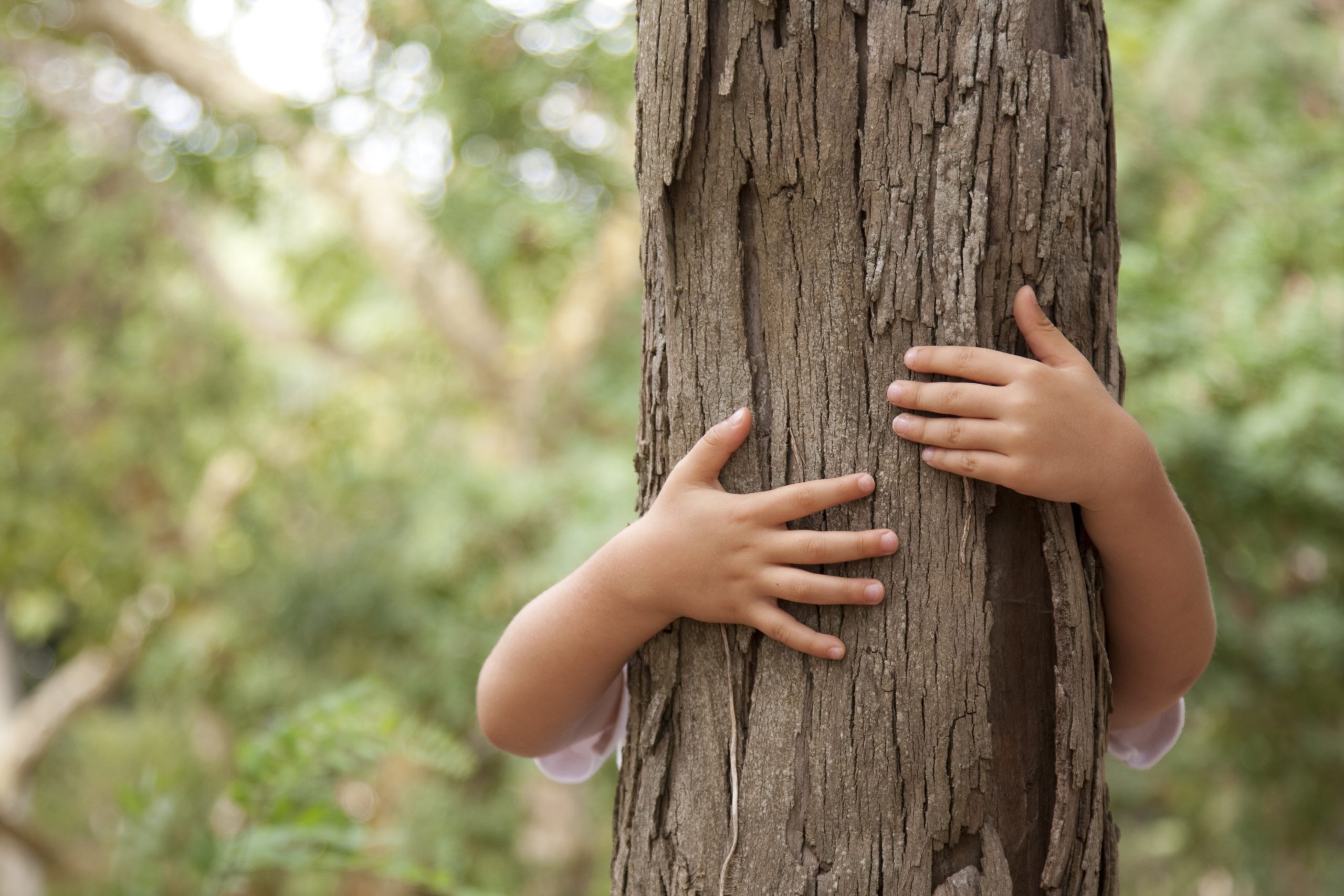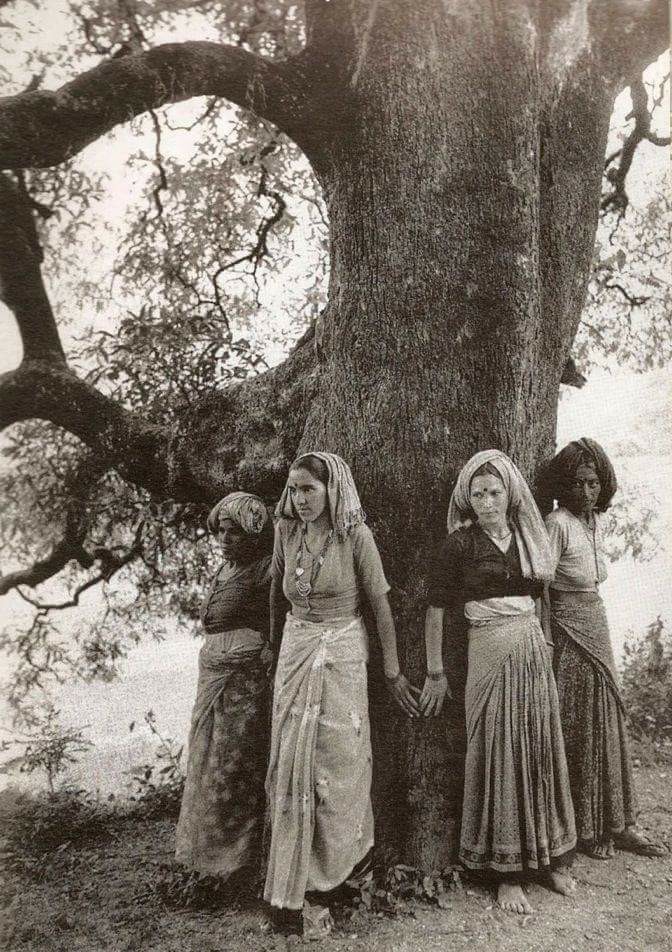A hugger or a leaner?
Do you literally wrap your arms around the trunk of tree and unashamedly rest your cheek on its bark? Or are you the more casual type? Sidling up to a tree and leaning nonchalantly against the trunk? Maybe then slowly slipping to the ground to sit?

In ABC’s Back to Nature, they ask this question and we learn that Holly is a hugger and Aaron is a leaner. Both Holly and Aaron appreciate trees in slightly different ways. And we can too. For me, I’m a little of both. If alone, I’m all up for a hug. However, if people are around, I get a little self-conscious and so I’ll do the leaning thing.

Good news is … it doesn’t really matter; both huggers and leaners can both reap the benefits of being in the company of trees. Here are some of those benefits:
- reduced stress hormone production,
- improved immunity,
- lower blood pressure,
- lower heart rate,
- freed up creativity,
- accelerated recovery from illness or trauma,
- improved feelings of happiness. When you hug a tree, you release a hormone called oxytocin. The hormone of love and trust.
The first tree huggers were 294 men and 69 women belonging to the Bishnois branch of Hinduism, who, in 1730, died while trying to protect the trees in their village from being turned into the raw material for building a palace. They literally clung to the trees, while being slaughtered by the foresters. But their action led to a royal decree prohibiting the cutting of trees in any Bishnoi village. And now those villages are virtual wooded oases amidst an otherwise desert landscape.
Not only that, the Bishnois inspired the Chipko movement (chipko means “to cling” in Hindi) that started in the 1970s, when a group of peasant women in the Himalayan hills of northern India threw their arms around trees designated to be cut down. Within a few years, this tactic, also known as tree satyagraha, had spread across India, ultimately forcing reforms in forestry and a moratorium on tree felling in Himalayan regions.
Eirik Duke | Writer | Earth is Land

Nature is us. We are nature. The same energy that flows through all living things is also flowing through us. So, there you have it … when you hug a tree you are connecting to it through its energy. And it is connecting right back through you. Do take moment now and then, to get ‘up close and personal’ at your favourite tree. Breathe deeply and listen to all that the tree is trying to tell you.
Writer – Colleen Filippa
Colleen is the Founder and Director of Fifteen Trees. Her background is in Environmental Science, Education and Sustainability.
Resources:
The Original Tree Huggers. Patagonia


